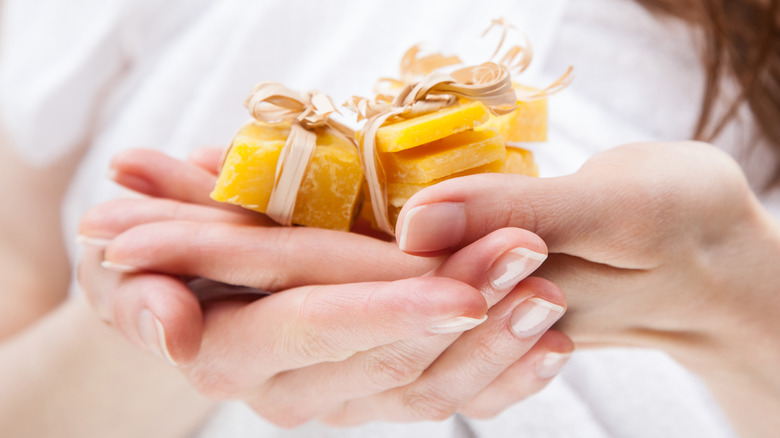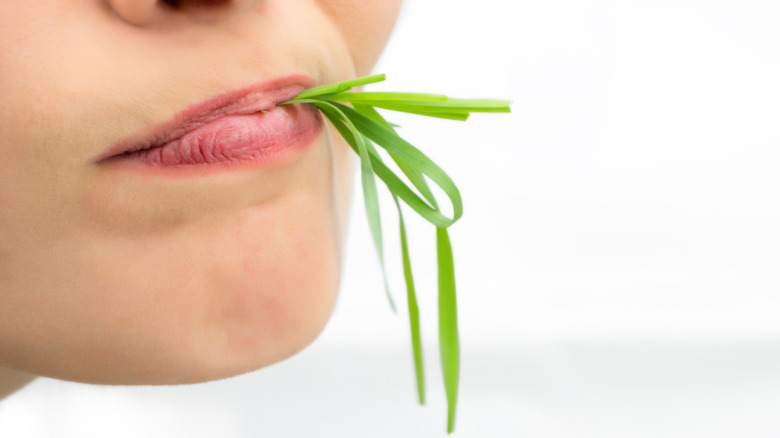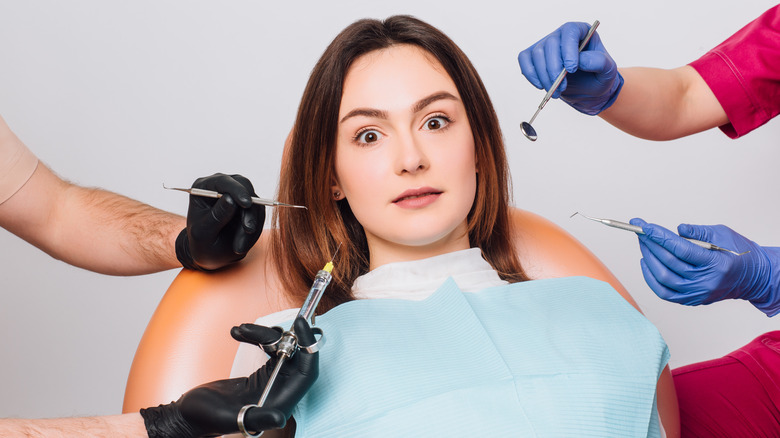How Dentist Recommendations Have Changed Over Time
intro
Fear of the dentist is real. No one wants to get a painful filling or a tooth extraction. Yet dentistry has come a long way over the centuries. A trip to the dentist in the 21st century is a walk in the park compared to the practices of just a few generations ago. Modern painkillers and anesthesia alone have revolutionized the field; imagine undergoing a root canal with nothing to numb the pain! A trip to the dentist won't top anyone's list of fun, but you might be a little more grateful to your dentist after learning about how they used to treat oral ailments.
Stone Age drills were made from flint
Dentistry during the Stone Age was, as one would expect, quite primitive. Studies on teeth found in a Neolithic graveyard in Pakistan's Baluchistan province show that rudimentary dentist drills were in use at least 9,000 years ago.
The research team was led by Roberto Macchiarelli of the University of Poitiers, France. After analyzing the teeth, the team discovered that the prehistoric dentists worked on the teeth using drills made from flint heads, which were "surprisingly effective" at removing decaying tissue. "In all cases, marginal smoothing confirms that drilling was performed on a living person who continued to chew on the tooth surfaces after they had been drilled," said the researchers.
Ancient fillings were made from beeswax
Neolithic dentists also experimented with fillings. A human mandible that was discovered near the village of Lonche in Slovenia was found to have a filling in one of the teeth. Radiocarbon analysis dated the mandible at about 6,500 years. The treated tooth exhibited a significant amount of damage, likely prompting the filling. The tooth was filled with beeswax, which was probably done to reduce tooth sensitivity stemming from the tooth damage and to alleviate pain.
Ancient Romans brushed their teeth with lizard liver
The ancient Romans understood the importance of dental hygiene and took pains to keep their teeth clean. Their methods were quite varied, ranging from mild to bizarre. Wealthy Romans had their teeth cleaned by slaves who used small sticks of wood and tooth powder to get the job done. The tooth powder could have any number of ingredients — some powders consisted of common herbs, while others incorporated lizard livers and heads of mice. A common mouthwash was made from earth worms and vinegar. As if that weren't disgusting enough, the Romans had an extra special solution for strengthening gums: urine.
Egyptians treated toothaches with dead mice
The first known practitioner of dentistry was an Egyptian called Hesi-Re who lived around 3000 B.C. He was a physician as well as the "chief toothist" of the Pharaohs. The earliest evidence of oral surgery can be found in Egypt; a mandible dating back to approximately 2750 B.C. appears to have been perforated below the root of a molar to drain an abscessed tooth. The Egyptians also used heavy gold wire to keep loose teeth stable.
Despite these advances in dentistry, the Egyptians still held on to some dubious beliefs. For example, they believed that the mouse had special properties. To treat a toothache, a mouse would be split in half and then applied to the side of the patient's mouth that had the toothache
Pricking a worm could cure a toothache
John of Gaddesden's 14th century Rosa Anglica is a compendium of medical treatments, much of which are based in charms, folklore, and religion. One charm to ward off a toothache involved pricking a "many footed worm which rolls up in a ball when you touch it." This symbolic ritual would then somehow also kill the tooth worm afflicting the patient.
Another charm told the ailing person to repeatedly draw three vertical lines (symbolizing water) while touching the painful tooth. This would supposedly wash away the pain. John of Gaddesden wrote of an even more bizarre cure: the beak of a magpie worn around a suffering person's neck.
Yet another popular treatment for a toothache written in the Rosa Anglica was to pray to St. Apollonia on her feast day. St. Apollonia was a martyr who was burnt alive after having her teeth extracted, thus making her the patron saint of tooth problems and dentists.
Medieval painkillers were made from plants
There were, fortunately, a few ways of dealing with the horrors of medieval dentistry. The Dark Ages may not be renowned for its scientific knowledge, but the people used their knowledge of plants and herbs to deal with pain. Michael Colvard, a professor in the College of Dentistry at the University of Illinois, said that patients typically relied on "local plants and fermented plant products, i.e. beer and wine, when seeking pain relief."
Those suffering from toothaches would often turn to opium syrup, henbane, cannabis, tobacco, and coca. Many modern painkillers are actually derived from some of these remedies; morphine and codeine are made from opium and lidocaine and novocaine are derived from coca.
Barbers performed tooth extractions
For much of history, dental procedures were far from an exact science. In medieval times, a barber was just as likely to extract a decaying tooth as he was to cut your hair. Known as barber-surgeons, these two professions merged in an unlikely combination, distinct from the role of a physician. In those days, physicians typically did not perform surgeries, leaving the practice to barber-surgeons. Many barber surgeons were illiterate, learning their trade by apprenticing to a more practiced professional, but not undergoing any formal schooling.
As the study of medicine developed, surgery evolved into a separate practice. Barber surgeons were gradually forbidden to perform surgical procedures, although they still pulled teeth. By 1745, surgeons were required to attend universities. In that year, King George II founded the London College of Surgeons, ending the era of the barber surgeon.
Symbols of the barber surgeon can still be found today. The red stripe on a barber pole traditionally represents the medical procedures formerly done by barbers. The white stripe represents the bandages used to stop the flow of blood.
Dentures were made from other people's teeth
The tale of George Washington's false teeth being made from wood is, just like the story of him chopping down a cherry tree, made up. He did, however, wear false teeth. In Washington's time, false teeth were made of a variety of materials, including teeth extracted from dead animals and even humans. Wood would not have made a good material for false teeth as they would turn pulpy and mushy over time thanks to saliva.
In 1785, John Greenwood (who was George Washington's dentist) helped to pioneer false teeth made from porcelain. In 1839, dentures were revolutionized again when vulcanized rubber began to be used to hold false teeth. Today, false teeth are typically made from plastic or ceramic.
Dentistry was not a professional practice until the 19th century
Dentistry began to emerge as a distinct and specialized profession in the 19th century. The world's first dental school was established in 1828 by Dr. John M. Harris, an American medical doctor who specialized in dentistry. The classes, which were meant to train those hoping to enter medical school, were the first of their kind to focus on dentistry. Today, the former school is a dental museum.
By the late 19th century, the United Kingdom required dentists and dental surgeons to qualify for the title. In the 20th century, the field began to require more specialized training due to rapidly advancing techniques. Today, dentistry is a professional field with dentists requiring extensive schooling before they can become officially licensed.
Bloodletting used to be a common practice
The practice of bloodletting used to be quite common, even in dentistry. Dr. Gregory Ribitzky, a dentist with a practice in Israel, writes on his website that just a century ago, anyone going to the dentist for a toothache would likely first be bled "for about a liter of blood," simply "for the sake of their general well-being." To make things even worse, once the dentist started to examine the tooth, it would often be with wood-handled instruments caked with the blood of previous patients.
Going to the dentist is much better these days
The next time you make a trip to the dentist, think of how much worse the visit could be. The dentist will likely identify the problem quickly and, if a procedure needs to be done, you will have access to anesthetics during and painkillers after, as you recover. Dental hygiene has also greatly improved; modern toothpastes provide extra protection for teeth, off-setting much of the need for invasive medical procedures. There has been no better time in history to go to the dentist!











